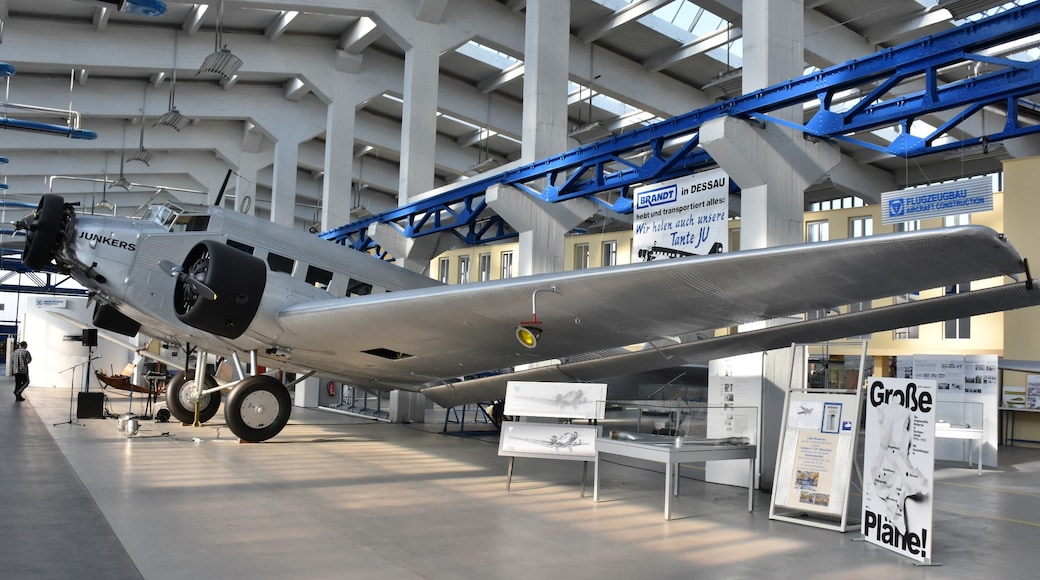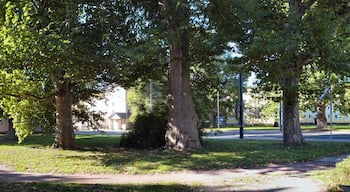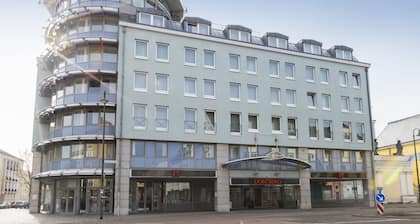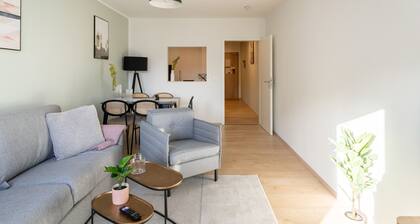Dessau became the home of the Bauhaus architectural school after it was forced to leave Weimar and move here in 1925. Since then Dessau has been renowned as the home and place of work of many artists.
Visit the main Bauhaus Building, designed in 1926 by Walter Gropius, and now home to a postgraduate arts college and a series of exhibition rooms. It is just a short walk from the main train station you can either roam around parts of the building on your own or join an official guided tour.
A short distance from the Bauhaus are the Gropius-designed Master Houses, dwellings for the Bauhaus teachers. Each house is named after the people who originally occupied them you'll come across famous names of the art world like Kandinsky and Klee. Two of the houses were destroyed during the Second World War—long after the Nazis had closed down the Bauhaus in the 1930s—but Gropius’s villa was replaced by a detached house in the ’50s. Now work is underway to restore the original houses.
The Allied bombing during the war destroyed much of the city, which was later rebuilt in the East German mould with concrete slab architecture. However, in recent years the older buildings have been restored and a new cityscape has emerged.
For something a little different, try the Junkers Museum, open daily on Kühnauer Strasse. Wander through here to learn about the engineering work of aircraft pioneer Hugo Junkers and his important role in aviation history. You can even see some real aircraft, such as Junkers’ Ju 52.
The city's main attractions are perhaps its parks. There's Georgium Park, a landscape park inspired in part by Baroque and English designs (the palace within the park also houses a worthy art gallery). There's the Luisium, a park that reaches into the meadows beside the Mulde and Elbe rivers. And, of course, there's the Wörlitz Gardens, one of Dessau’s biggest attractions. It is the largest landscape park of its kind in Europe, dating back to the 1770s and inspired by the finest English gardens like Kew.











